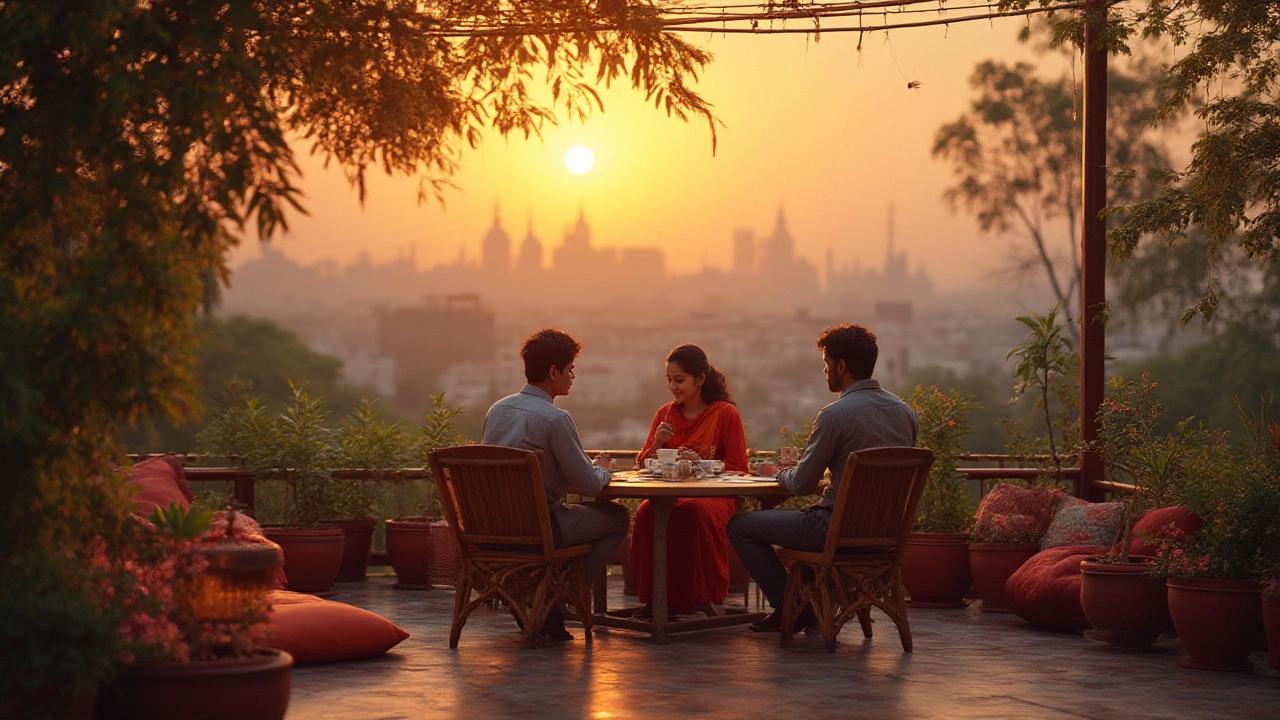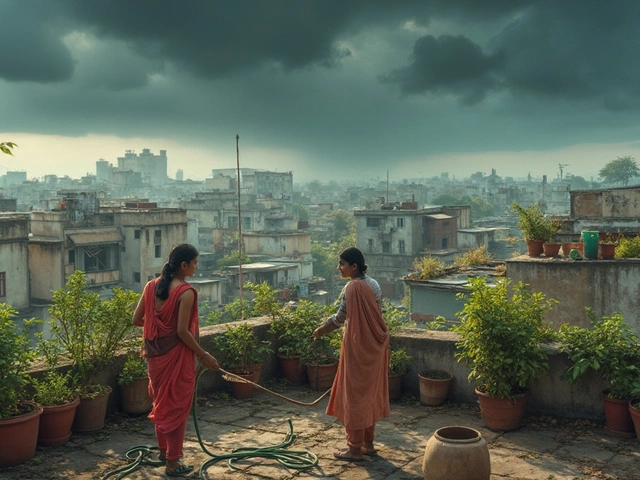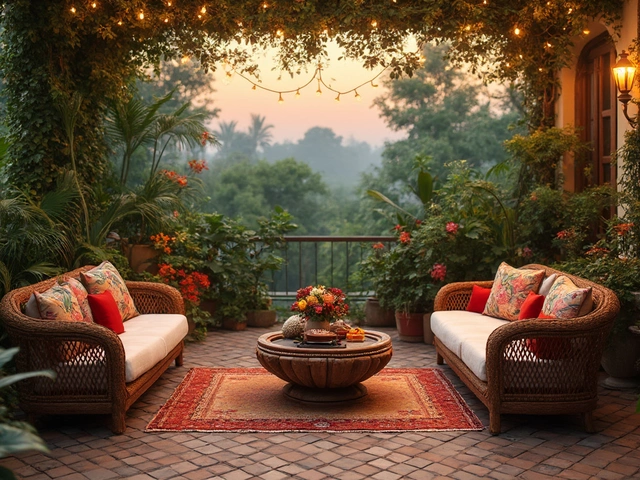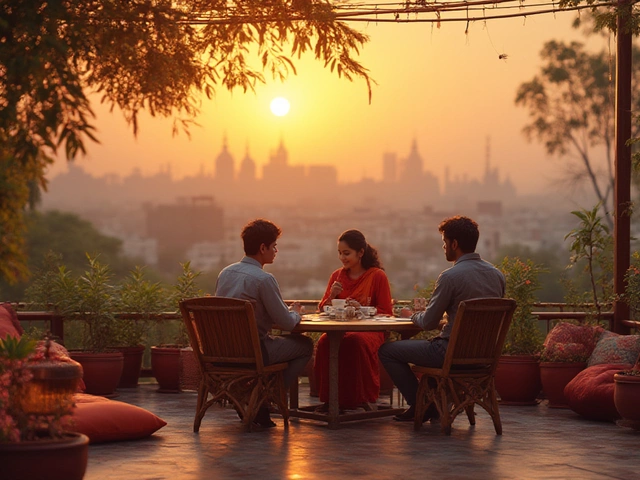Ever pictured yourself having morning coffee on a terrace, sun on your face, surrounded by your favorite plants? Sounds perfect… until you realize the terrace might only fit your chair, your cup, and not much else. So many people worry about the same thing—how big should a terrace actually be? Do you need a huge, sprawling patio to get that peaceful coffee moment, or can you make do with a cozy corner? Let’s break down what size really works.
What Actually Determines the "Right" Terrace Size?
Size isn’t just about what the architect sketches or a developer offers in a brochure. The best terrace for you depends on what you want to do on it. Want to host weekend BBQs for ten friends, or are you more into solo yoga mornings? Let’s be honest, the size that makes sense for a party can be totally wasted on someone who just wants a little green nook for reading and hanging with their cat (Fluffy would approve!).
Here's a practical number to keep in mind—outdoor designers say that a comfortable terrace for two, with room for a small table and chairs, should be at least 1.5 meters by 2 meters (about 3 square meters). That’s not huge, but it’s not a shoebox either. If you add a few plants, maybe a grill, you bump up to 8–10 square meters. Families or folks who love gardening or entertaining? They often aim for 12–20 square meters, which gives space for planter boxes, seating, and movement without knocking over pots every three seconds.
| Activity | Recommended Minimum Size |
|---|---|
| Solo Relaxation | 3–5 sq.m. |
| Dining for Four | 8–10 sq.m. |
| Gardening/Planters | 10–12 sq.m. |
| Entertaining Parties | 15–20 sq.m. |
But the fun bit? All rules have exceptions. I once saw a 2-square-meter terrace that felt downright magical. The owner crammed in a cushion, stacked planters vertically, strung fairy lights sideways, and created a total private retreat. It’s proof: layout and furniture matter as much as the meters on paper. Don’t get trapped thinking bigger is always better. Sometimes, the small spaces push you to be more creative.
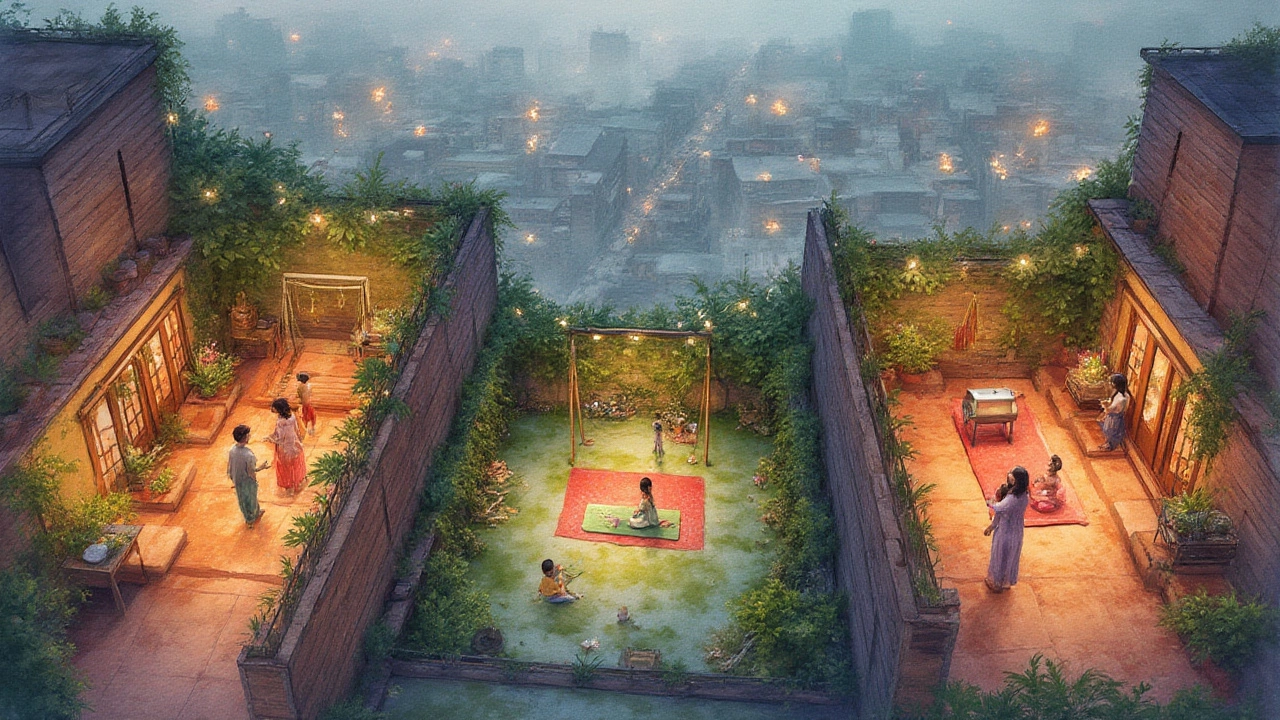
Smart Tips to Maximize Any Terrace—Big or Small
Now, size doesn’t guarantee comfort or style. Loads of people have terraces with square footage to spare, but clutter wrecks the mood. The secret starts with a really honest look at how you’ll actually use the space. Stress less about what your neighbors are doing, and focus on what brings you joy.
- Keep movement in mind: Leave enough space to walk—at least 60 centimeters free, so you’re not hopping over obstacles.
- Choose furniture smartly. Foldable tables or bench seating can be real space-savers.
- Go vertical—think shelves, wall-mounted planters, or railing pots for plants. This frees ground space for people (and pets, like Fluffy, who loves sunbeams).
- Invest in multipurpose items, such as benches with storage, or stools that double as tables.
- Don’t forget shade! Even a small umbrella or roll-out awning lets you use the terrace whenever you want, not just on perfect days.
- Plan for privacy. Tall planters, bamboo screens, or trellises block wind and nosy neighbors.
- Add lighting you actually use. Fairy lights are pretty, but having a spot lamp or rechargeable lantern is handy at night.
- Include a water point if you’re serious about gardening—or at least get a good hose and watering can. Dragging buckets through a living room gets old, fast.
- Mix up heights. A table, a tall planter, a floor cushion, and a standing lamp make things feel dynamic, not crowded.
Don’t get stuck thinking of the terrace as a static spot. I’ve seen people start with two chairs and a pot, and end up with micro-greenhouses and mini pizza ovens just by swapping things out as their interests change. A friend of mine keeps an old trunk as a coffee table that pops open for dog toys, gardening gloves, and snacks. Functional and quirky—who can ask for more?
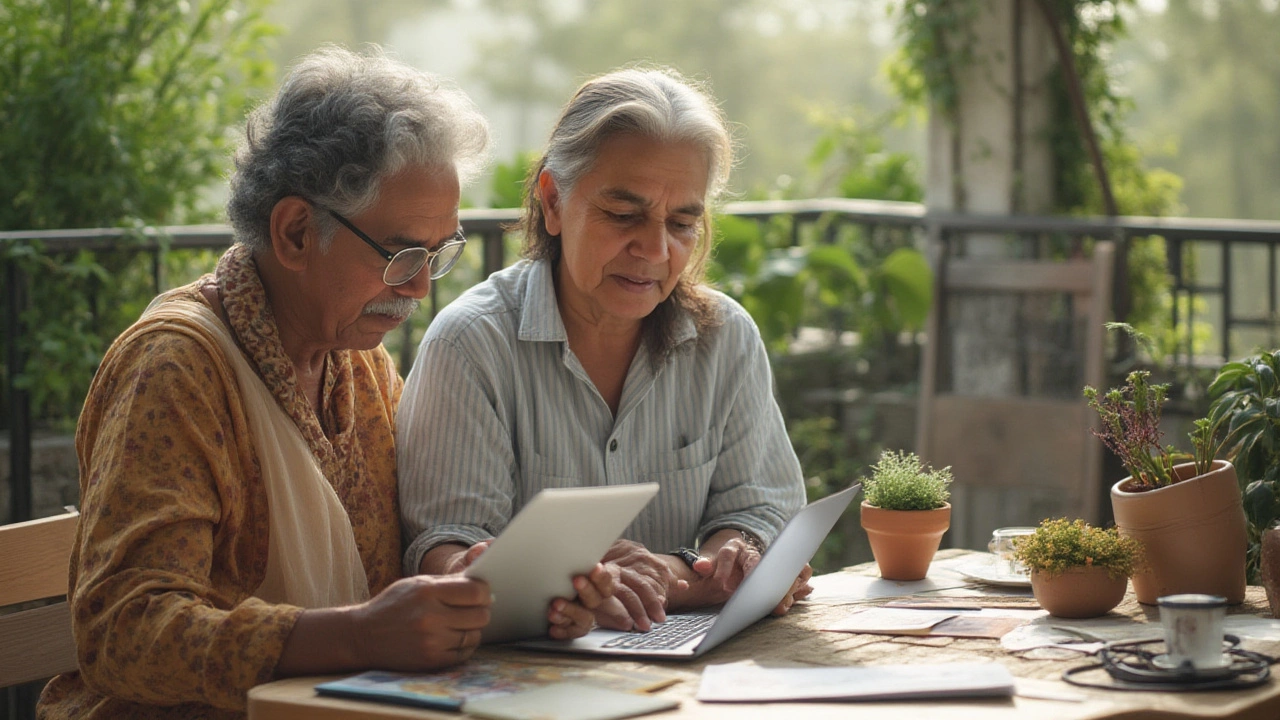
Real Examples and Mistakes to Dodge
The number one regret people have after moving or remodeling? "I wish I made my terrace bigger." Seems obvious, right? But when you’re picking out floor plans or rearranging things, it feels easy to cut corners on outdoor space. Try this: grab a tape measure, pace out the size you’re considering, and put down actual chairs. Sit, move, imagine a friend joining, or watering plants. That little test shows if the dream matches reality. Suddenly, what seemed "almost enough" may feel tight.
If you’re tight on space (like, under 5 square meters), don’t rush to cram in standard patio sets. Look for café bistro tables, stacking stools, and planters that clip to railings. A small hammock chair can give real wow factor without hogging the floor. If you have a weirdly long, narrow terrace—split it into different zones: reading, mini garden, a perch for guests. That tricks the mind into thinking there’s more room. Don’t line everything up against the edges. Angle furniture, float a table in the middle—little shifts change the whole vibe.
Be cautious with flooring too. Slippery tiles can be dangerous after rain, and dark surfaces get hot in direct sun (ask Fluffy—she always seeks shade by noon!). If you’re using pavers or decks, allow for 10–15 centimeters per panel for airflow and cleaning access. When it comes to gardening, light and wind count as much as size. A big terrace with no sun won’t be much help if you’re craving tomatoes or lavender. Windy high-rises may need extra weight on planters to keep them upright (or stop pots from taking flight during summer storms—been there, done that).
And here’s a surprising fact: having even just a terrace garden (whatever its size) ups your home’s value by up to 12%, according to several 2023 real estate surveys. People want that outdoor connection, even if it’s tiny. The trick is to make every inch count. Paint the walls a calm color, use outdoor rugs to define areas, and add cushions for comfort. Your terrace doesn’t need to be a palace—just a spot that feels like yours.
